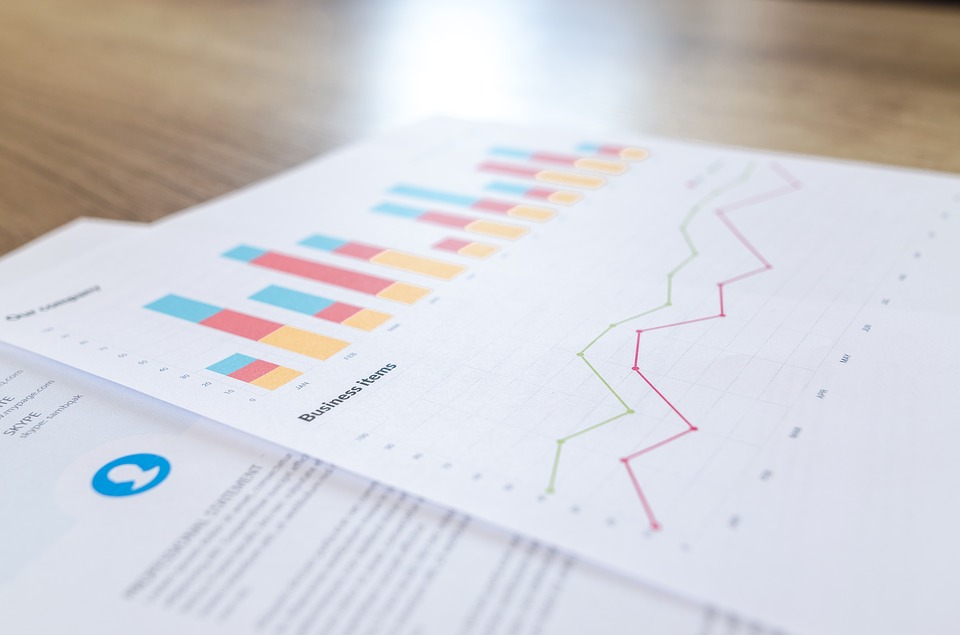Children start learning statistics as soon as they start schooling and continue to deepen their knowledge in this field on all educational stages. In fact, statistics has much in common with many mathematical sciences, such as computer science, logic, and math itself. However, unlike them, it is bound with evidence-based reasoning, especially with the data analysis.
With the said in mind, it is no wonder that the approaches used for teaching statistics are very similar to those used by math instructors.
More often, statistics is a part of the math curricula and is taught by educators with a strong background in math working in the relevant department.
Statistics theory is usually taught as a mathematical theory; therefore, when it comes to the issues related to studying statistics, we can consider them from the perspective of math teaching methods.
While most adults are troubled with youngsters using many techs in school, most instructors convince them that these very devices create a positive impact on the students’ achievements in mathematical sciences. And in this article, professional writers from Pro-Papers have described how techs help users to learn math sciences better and how they should be utilized in stats ed in particular.
3 Ways Technology Improves Education in Statistics

1. Improved Computational Skills
It is believed that many middle school kids fail to make simple calculations because they have used calculators in primary school.
However, this is an erroneous belief. In truth, almost no research was done regarding the use of calculators by primary school kids because there is no need to use them during math lessons in primary school.
Even if they are used in an elementary classroom, then this is because educators want to help kids to train their number sense, study number patterns and relations between numbers or check their mental or written calculating abilities.
Recent research showed that calculators help pupils to become more flexible in terms of the ways in which they compute. By utilizing techs, they are able to apply their knowledge of various number-related concepts and give up on conventional algorithms.
In fact, techs help pupils to train their numeracy and enhance their mental computational skills. Learners usually need the latter ones to get the most out of various digital tools used for learning statistics. That is how techs can add to stats education.
2. Importance of Techs in Learning Statistics
Nowadays, the use of techs for studying statistics is no longer an option. More and more schools proactively implement technologies in every subject area, and statistics is not an exception. It is fortunate that educational institutions can now get the most out of more effective digital tools than ever before.
In fact, these tools are widely used by all modern schoolers in and beyond school. This allows them to close the gap between statistics learned at school and their routine outside educational institutions.
With the implementation of technology into statistics education, the way in which educators teach and schoolers learn has been shaped. Traditional teaching approaches are now successfully replaced with more accomplished problem-solving methods. The outdated learning methods that were all about memorizing and cramming nowadays are mainly focused on application.
If used properly, techs can enhance student engagement with stats education and help learners to deepen their insights into basic statistics concepts.
All schoolers show a fixed interest in utilizing techs and are excited about going from thinking about statistics education as something dull to something that is captivating and entertaining.
Moreover, they willingly get to using their devices for learning statistics at home. There is evidence proving that the use of digital tools adds to the enhanced statistics results.
3. Digital Tools Used for Statistics Lessons
Since statistics is all about collecting, recording, and analyzing data, schoolers should be able to provide those data in the way so that everybody can read and interpret them with ease.
For this, learners use averages, charts, graphs, etc. Some of the most widely used statistics apps enabling users to present their data properly, as well as allowing them to learn trends and patterns easily, are the following: Action Graphing, Curve Plotter, Desmos Graphing Calculator, and HP Prime Pro.
Just as technologies have changed every sphere of our life, it is now shaping statistics education. Even though we cannot imagine our everyday life without gadgets, they shouldn’t be the only resource for studying statistics though. In fact, techs should be used wisely no matter whether it is school or home.
Author: Bob Williams
















